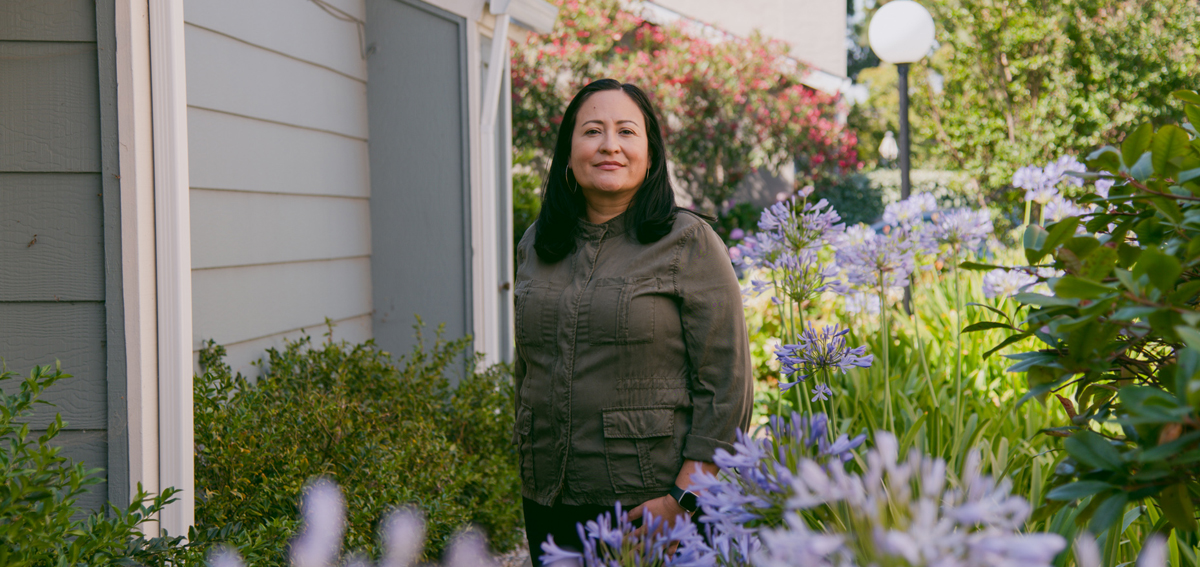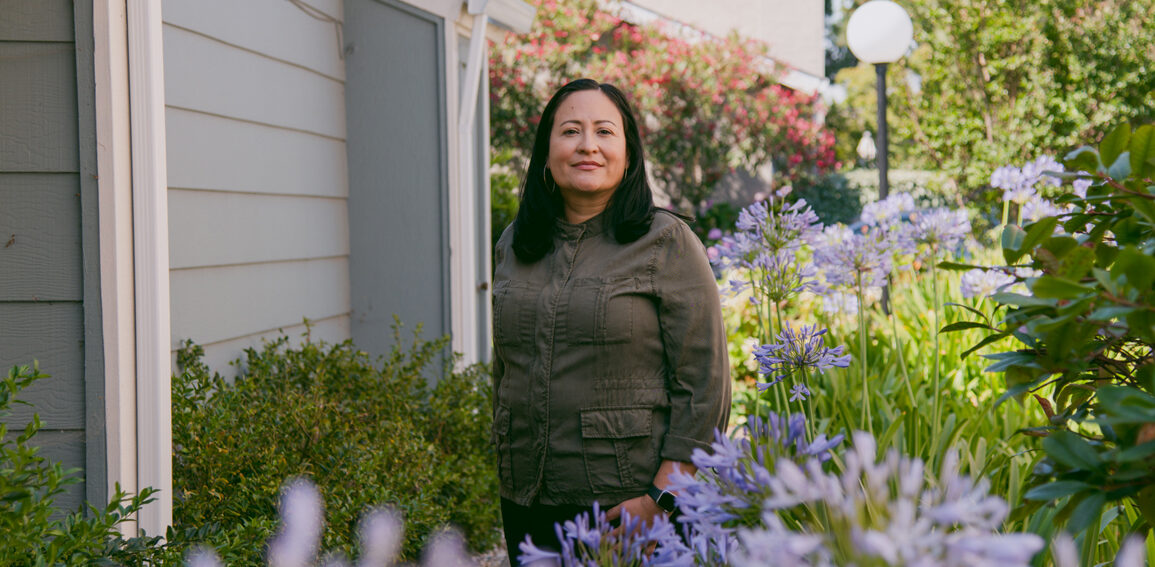
In January, California became the first state to receive federal approval to extend Medicaid services to people serving time in prisons, county jails, and youth correctional facilities in the 90 days prior to their release. This is part of the massive California Advancing and Innovating Medi-Cal (CalAIM) initiative for the state’s Medicaid program, known as Medi-Cal.
I lead CHCF’s work to create resources and toolkits to assist people on the ground in implementing CalAIM’s array of new programs, including these new “reentry” services for people leaving correctional facilities. To better understand both the opportunities and challenges of launching these new services, I recently sat down with my colleague Mariana Torres, the senior program officer at CHCF who focuses on optimizing the behavioral health delivery system. Mariana has been a health care leader in county mental health and primary care, and started her career as a probation officer. This interview has been edited for clarity and length.
Q: Based on your direct work experience in multiple systems that touch reentry, do you think the new services will make a significant impact on the reentry process?
A: It’s very significant. I’m really excited about larger behavioral health reform, which seeks to expand access to community-based services and housing. Correctional facilities have been among the country’s largest mental health providers for a long time. As a mental health clinical leader at Santa Rita Jail, I witnessed far too many people cycling through the criminal legal system — many because of their behavioral health conditions. I’m especially excited that the behavioral health reform efforts, including through CalAIM, are helping to address some of the cracks in the system that swallow up people with severe mental health symptoms.
Q: I’ve been working on CalAIM projects at CHCF for almost two years, focusing on how we can leverage these reforms to create care that’s more equitable and person centered. It’s so clear to me why systems as a whole need to change to work together more smoothly. Why are these changes so needed by people leaving jail or prison?
A: Much like people being discharged from the hospital, people released from incarceration need basic support to return to the community. I’ve dealt with people being released without medications that they had been prescribed in jail. Others are at grave risk in other ways — falling into homelessness or dying from a drug overdose. It may not be clear that they can take care of their own basic personal needs in the community. Without effective community supports, many risk winding up back in jail or hospitals, or even dying. We are trying to disrupt this cycle.
There are some examples of programs and case managers who do effective coordination from jail back to the community. With these new CalAIM reforms, we now can improve jail release coordination statewide, including for behavioral health conditions. My preference would be to find better solutions to address access to behavioral health services further upstream, like providing support so people with severe mental health symptoms don’t end up in jail. Right now, we should work on both.
The jail staff have heavy workloads, making it difficult to effectively plan for releases 100% of the time. Community health clinic staff should begin by finding champions inside the jail.
Q: Prison release dates are often set well in advance, so you know exactly when they’re going to happen. But in county jails there’s a lot less advance notice and predictability with release dates. From your experience, how can you connect people to health care in the community, even when jail managers don’t know when people are going to be released?
A: An unknown release date should not be a barrier to connecting people to care. Yes, it’s a hurdle, but it can and should be addressed. For starters, the person returning to the community may have an idea of when they will be released and what services they will need. The best place to start is to ask that person.
You can also partner with the public defender. After they’ve met with the person in court, the public defender often has a good idea of the release date. Either way, most people who go into jail will return to the community and will benefit from discharge planning or release planning. I use the terms interchangeably because they mean roughly the same thing.
Q: The more that we get into CalAIM, the more we realize that success requires effective implementation at the local level. Put yourself in the shoes of somebody who works in county health services who has less experience dealing with jail or prison systems and who is trying to build a successful reentry program. What advice would you give them?
A: Yes, I’ve heard several times from colleagues in community-based health clinics who run into barriers around reentry planning. The jail staff have heavy workloads, making it difficult to effectively plan for releases 100% of the time. Community health clinic staff should begin by finding champions inside the jail. Sometimes the sheriff is interested in improving release services. Alternatively, the person could try contacting other staff who have leadership roles in the jail.
Some jails have medical or mental health case managers who handle release planning. There could be someone in medical records who can provide community clinic staff with documentation of medical conditions, prescribed medications, and instructions for follow-up care. Community-based health clinics have a number of options for building relationships with jail officials to help with reentry. It’s not just one person. Of course, that goes the other way too — jail staff can reach out to community clinics.
People emerging from incarceration are often reluctant to trust anyone. It makes sense to have community health workers with lived experience of incarceration help people who are newly released overcome barriers to accessing medical and mental health care.
Q: How do you see the role of managed care plans in this space? Who should they be partnering with and talking to?
A: It’s my experience that the managed care plans have not been at the table when release planning has been discussed. Under CalAIM, starting in January, plans will be required to offer Enhanced Care Management to most people who are being released. So, it’s important to get plans to the table and ensure, first, that everyone is enrolled in Medi-Cal.
Q: What other steps should be taken to help people as they leave jail or prison?
A: There are several ways to help people — especially those with severe mental health conditions. One is coordinating transportation services to their home, clinic, or case manager. Another is linking them to a trusted case manager in the community. People emerging from incarceration are often reluctant to trust anyone. It makes sense to have community health workers with lived experience of incarceration help people who are newly released overcome barriers to accessing medical and mental health care. That model is used by the Transitions Clinic Network. Another bright spot is Roots Community Health Center’s Safe Landing Pilot Program (PDF) at Santa Rita Jail. It launched in 2020 to provide supplies, facilitate benefits enrollment, and connect people to physical and behavioral health care after they leave jail.
Q: One way to think about people winding up in jail is that the system and the community failed them. As we think about reentry planning, what steps should we take to ensure that people aren’t just being released into the systems that have already failed them?
A: It’s important to bring different groups to the table to share the responsibility for reentry planning. This is an extraordinary opportunity to deliver person-centered care and to treat the whole person. People in jail or prison are much more likely to have suffered trauma in their lives, and some manage their resulting feelings of despair with alcohol and drugs. They need access to high-quality outpatient and residential programs the moment they become ready for treatment. They might need job counseling or housing navigation. Bringing together all the different groups invested in coordination and person-centered care, including people with lived experience of incarceration, is really exciting.
Q: We have focused on the importance of equity in serving the reentry population. I noticed that you used the term “criminal legal,” rather than “criminal justice.” Why?
A: More organizations are moving away from using the term “criminal justice” to describe policing, court processes, and incarceration in the US. Those of us who’ve worked closely within it, even as probation officers, know that these systems rarely deliver justice.
Q: You’ve been working with us here at CHCF for almost a year. What made you want to join the foundation?
A: I was drawn to the opportunity to work at a systems level to optimize behavioral health care for people with complex needs. I wanted to work with an organization that looks at improving and innovating the continuum of services and that has a strong commitment to health equity.
I’ve seen the system from many sides. When I was growing up, I received health care at a Federally Qualified Health Center, the Clinica Sierra Vista in the Central Valley. I saw firsthand the importance of receiving culturally concordant care, and that experience inspired my journey in health care delivery. It’s a privilege to focus on making sure the system works for people with low incomes and for communities that have faced persistent barriers to care and good health.
This post was originally published on this site be sure to check out more of their content.











